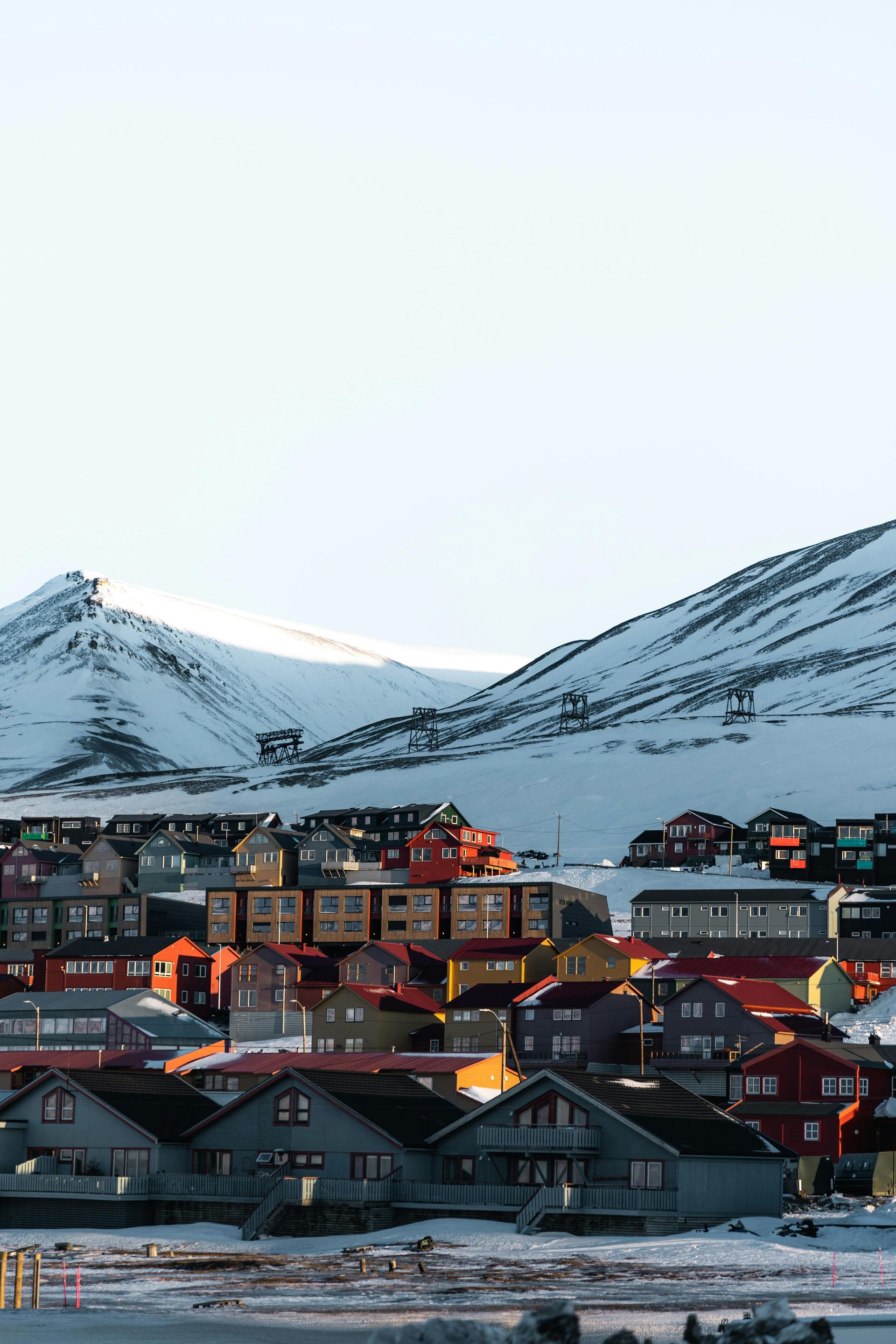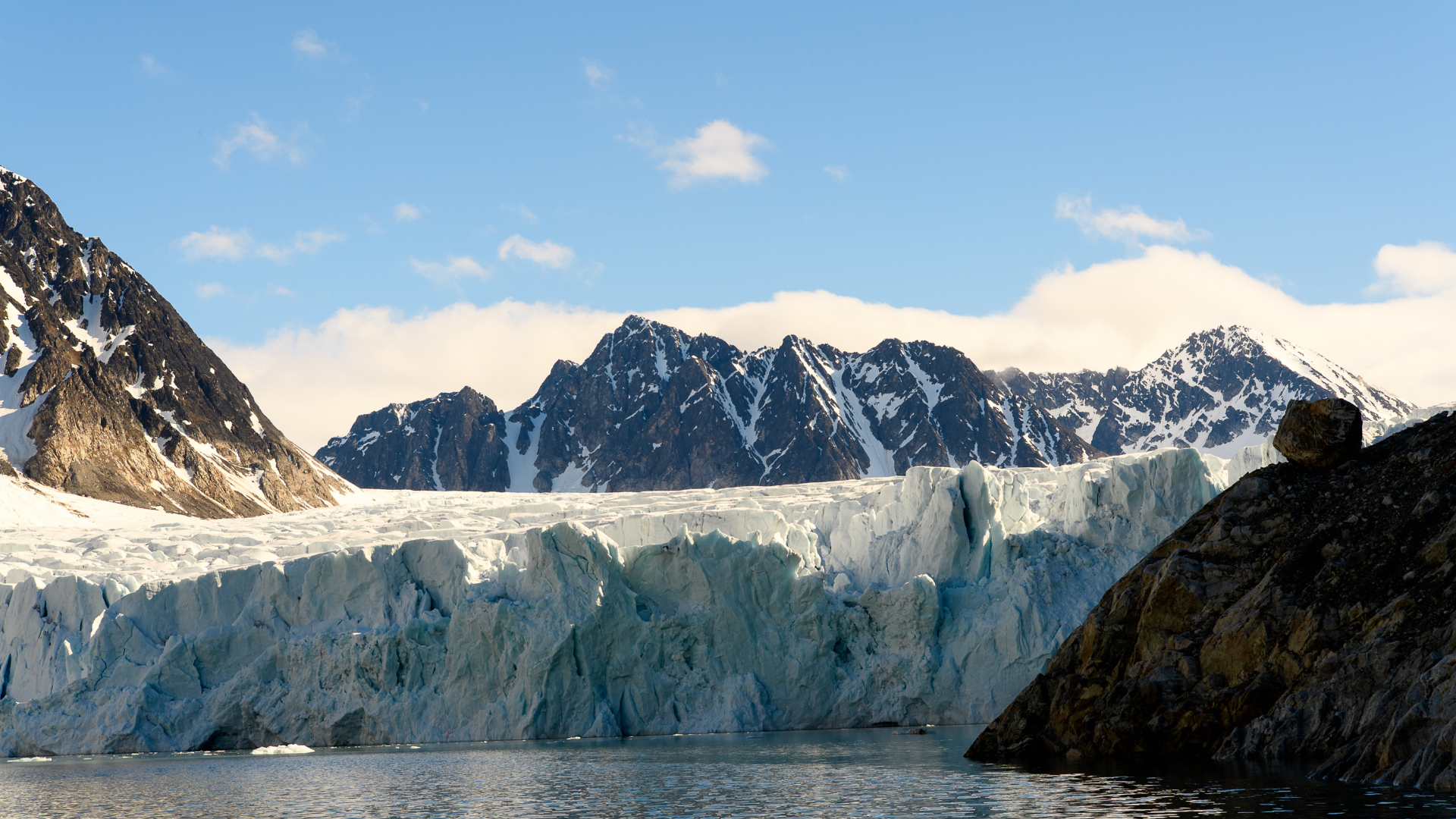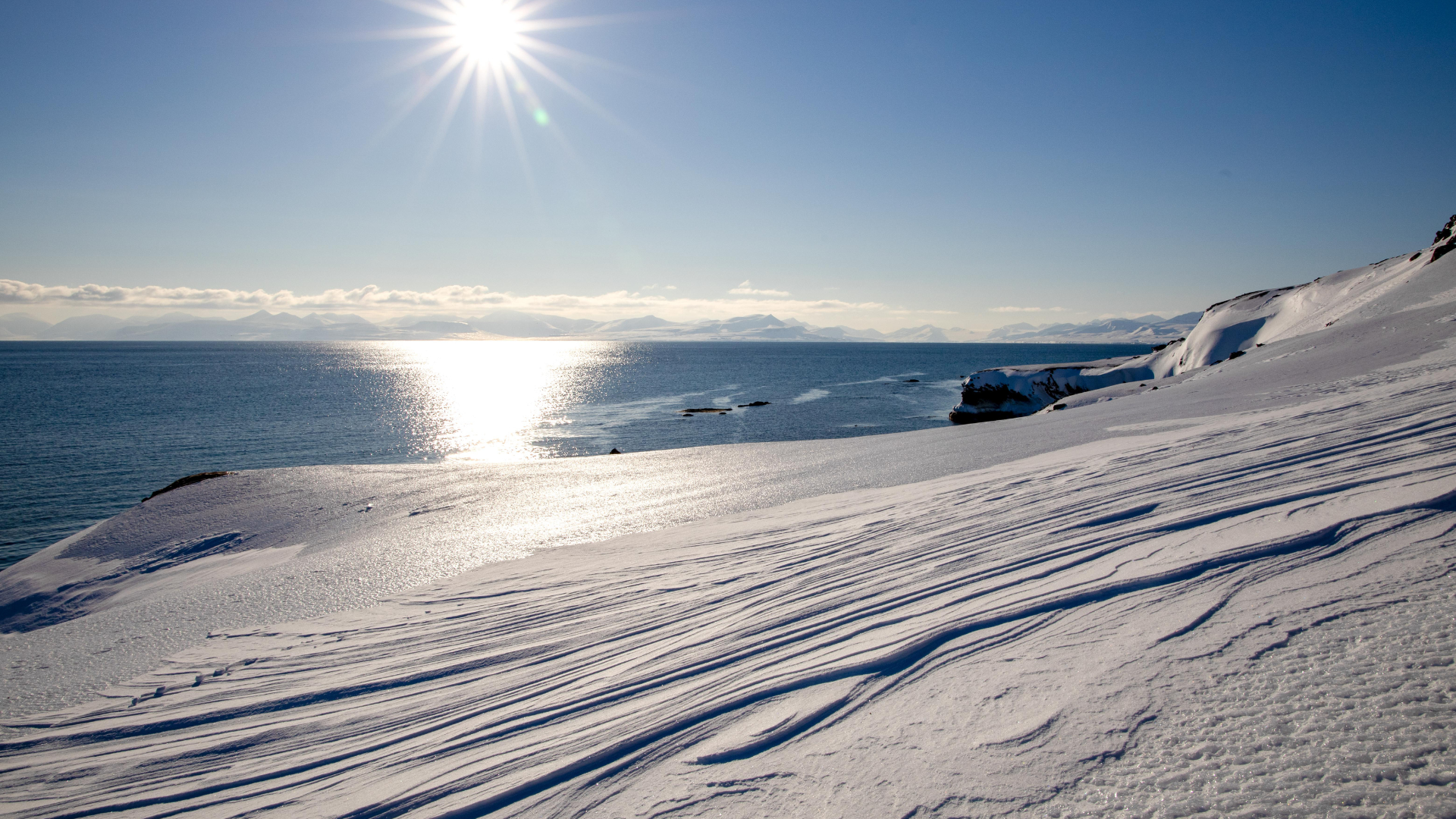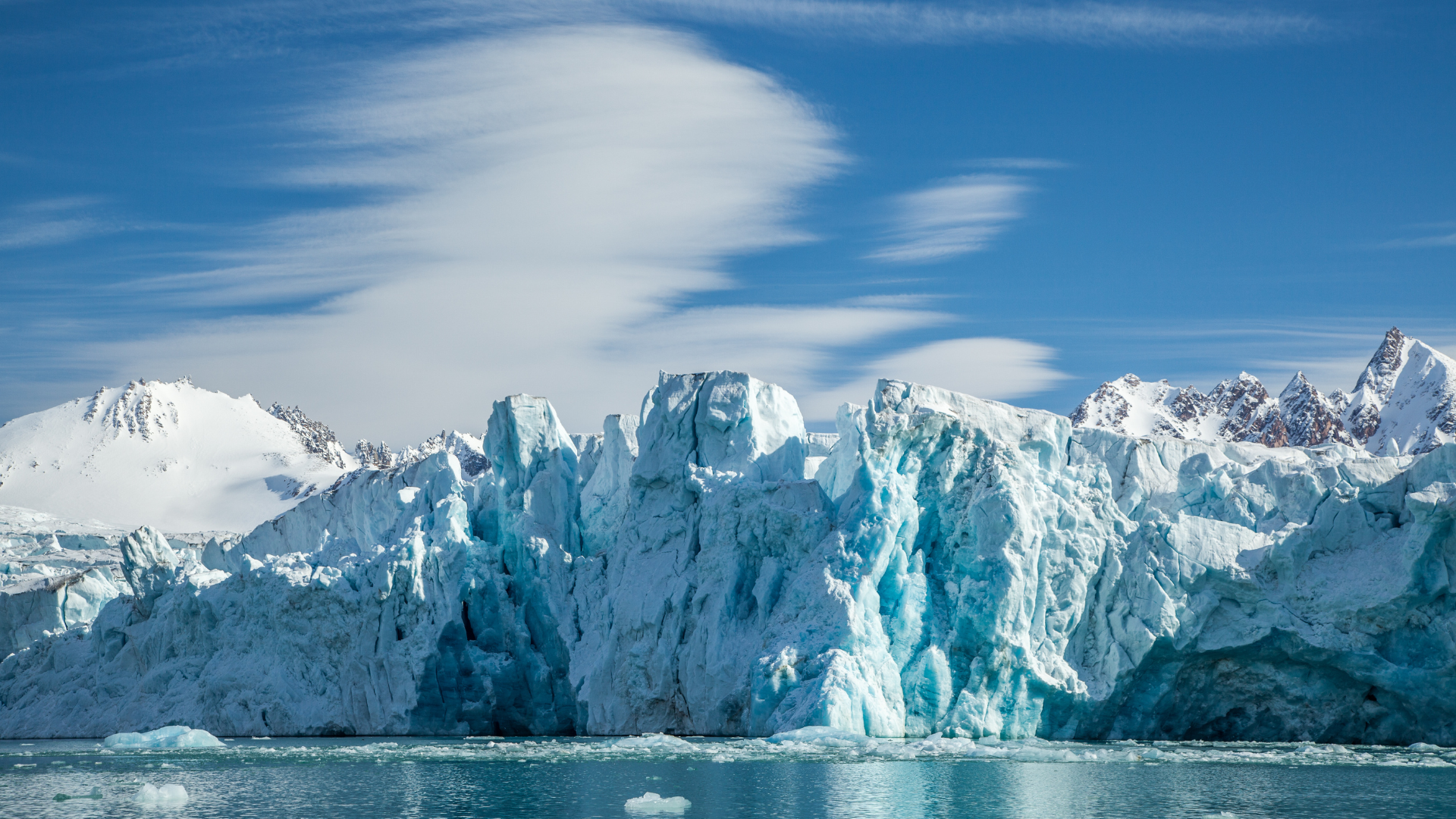Svalbard: How to Arrive in March
Svalbard: How to Arrive in March

Arriving in Svalbard in March marks the transition from the long, dark winter towards the beginning of spring. Despite the slight increase in temperatures, the environment remains harsh and requires thorough preparation. Longyearbyen is the primary entry point, and most travelers arrive by air. Flights to Longyearbyen are limited and typically route through Oslo or Tromsø in Norway. Booking your flights well in advance is crucial to secure a seat, especially as the region becomes more accessible with the increasing daylight.
Packing for the fluctuating weather conditions in March is essential. Temperatures can range from -15°C (5°F) to just above freezing, so layering is key to staying comfortable. A moisture-wicking base layer, an insulating middle layer, and a windproof and waterproof outer layer will provide the necessary protection. Essential accessories include thermal gloves, a hat, and a scarf or neck gaiter. Insulated boots are important to navigate the melting snow and ice, keeping your feet warm and dry.
Transportation within Longyearbyen is limited but manageable. The town is small and can be easily explored on foot, though taxis are available if needed. Some accommodations offer shuttle services from the airport, so it's worth checking with your hotel or guesthouse in advance. Snowmobiles remain a popular option for exploring the surrounding areas, but changing snow conditions require proper training and safety measures.
The return of daylight in March is a welcome change, with the sun beginning to rise above the horizon. This provides more opportunities for outdoor activities and exploration. However, the reflection of sunlight off the snow can be intense, so bringing sunglasses and sunscreen is important to protect your eyes and skin. Headlamps and flashlights, along with extra batteries, remain essential for navigating the dark periods that still occur during early mornings and late evenings.
Accommodation options in Longyearbyen range from hotels to guesthouses, offering a warm refuge from the cold. Booking your stay in advance is advisable, as options can fill up quickly during the transition season. Many accommodations offer amenities like on-site restaurants and communal areas where you can relax and socialize with other travelers. Familiarizing yourself with local facilities, such as grocery stores and medical services, ensures you have everything you need during your stay.
Staying connected in Svalbard is important for safety and convenience. Mobile phone coverage is generally good in Longyearbyen but more limited in outlying areas. Ensure your phone is set up for international roaming, and consider purchasing a local SIM card for better connectivity. Most accommodations and public places offer Wi-Fi, allowing you to stay in touch with friends and family and keep track of weather updates and local news.
Respecting local regulations and customs is crucial when visiting Svalbard. The archipelago has a fragile ecosystem, and strict environmental protection laws are in place to preserve its unique landscape and wildlife. Familiarize yourself with the Svalbard Environmental Protection Act and follow guidelines for waste disposal, wildlife interactions, and off-road travel. Engaging with the local community and learning about the history and culture of Svalbard can enrich your experience, providing insights into the challenges and beauty of life in the Arctic.
Preparing for emergencies is a vital part of planning your trip to Svalbard in March. The remote location and harsh conditions mean that medical facilities are limited, and evacuation can be challenging. Ensure you have comprehensive travel insurance that covers emergency medical treatment and evacuation. Carry a basic first-aid kit and know the location of the nearest medical facility. Registering your travel plans with local authorities, particularly if you plan to venture outside Longyearbyen, ensures that you can be reached in case of an emergency.











